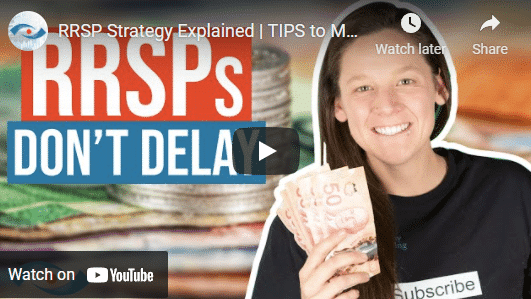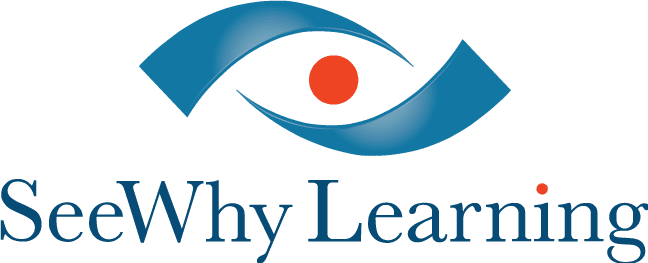Is this the year that you finally start contributing to your RRSP or perhaps increase your contributions? Maybe you’re thinking I’d love to, but I’m still young and I have plenty of time, so not right now. Well, I’m going to share a story with you that was shared with me when I started working. It was a real eye opener for me. The math may even surprise a seasoned investor or financial advisor.
Meet twins, Jack and Jill. They may look similar, but they have very different personalities, especially when it comes to investing. At the age of 18, Jack started working and started to contribute $2,000 at the beginning of each year into his Registered Retirement Savings Plan. On a side note, if you don’t know what an RRSP is, go check out the complimentary 19 video series titled Learning the Basics of Investing here on the SeeWhy Learning YouTube channel.
10 years later at the age of 28, Jack met the love of his life, got married, started a family and never contributed another dime to his RRSP again. In total, he only contributed $20,000 between the ages of 18 and 64. Now his twin sister, Jill loved the carefree life and never settled down. Her passions were her freelance career and traveling. After leaving high school, she worked a little then traveled a little, worked again, traveled again. You get the idea. During this time, she contributed nothing to her RRSP. In fact, her first RRSP contribution wasn’t until the age of 28, when she contributed $2,000 at the beginning of the year. Realizing she was behind, she then contributed a further $2,000 at the beginning of every single year until the age of 64. In total, she contributed $74,000 way more than Jack. Assuming that Jack and Jill both achieved an 8% return. Who do you think had the most saved by age 65?
Recall that Jill contributed a total of $74,000. At age 65, she would have approximately $439,000. Not bad. Jack contributed much less, only $20,000. At age 65, he would have approximately $540,000, roughly a $100,000 more than Jill. I know, right? If you find these numbers hard to believe, don’t just take my word for it. To learn how to do financial math quickly and easily, check out our mini course titled Financial Math Fundamentals available at www.seewhylearning.com. But to help convince you that my math is correct, here’s the secret. When Jack stopped contributing to his RRSP, he had already accumulated a little over $31,000, therefore based on an 8% return, his portfolio grew by more than $2,000 per year. So even though he stopped contributing, when Jill started contributing $2,000 annually, she could never catch up.
Could you imagine how much more Jack would have saved if he had started early and didn’t stop? When teaching a lesson, we sometimes use exaggerated numbers, large or small, depending on the concept, or use stories such as this one to make a concept easier to learn and remember. We acknowledge that there are many variables at play, and that 8% is a pretty good return. The effects wouldn’t be quite as dramatic if the return was less, say 7.5%. On the other hand, the reverse is also true. But one thing is for sure, the benefit of starting to invest early can be significant. You’d be surprised how much you can accumulate over time by putting 10% of your paycheck aside. Now, if you’re in your late 20s and are already behind and want to catch up, here’s a great tip. Show your parents this video and hit them up for a $20,000 cash donation. Doubtful? But it’s worth a shot.
SeeWhy Learning is a training and exam preparation company that supports more than 25 different industry exams. I hope you found this video helpful, but if you’re looking for advice tailored to your unique situation, be sure to talk to a qualified financial advisor and advisors feel free to share this video.

Recent Videos

Monetary & Fiscal Policy Part 2

Monetary & Fiscal Policy






